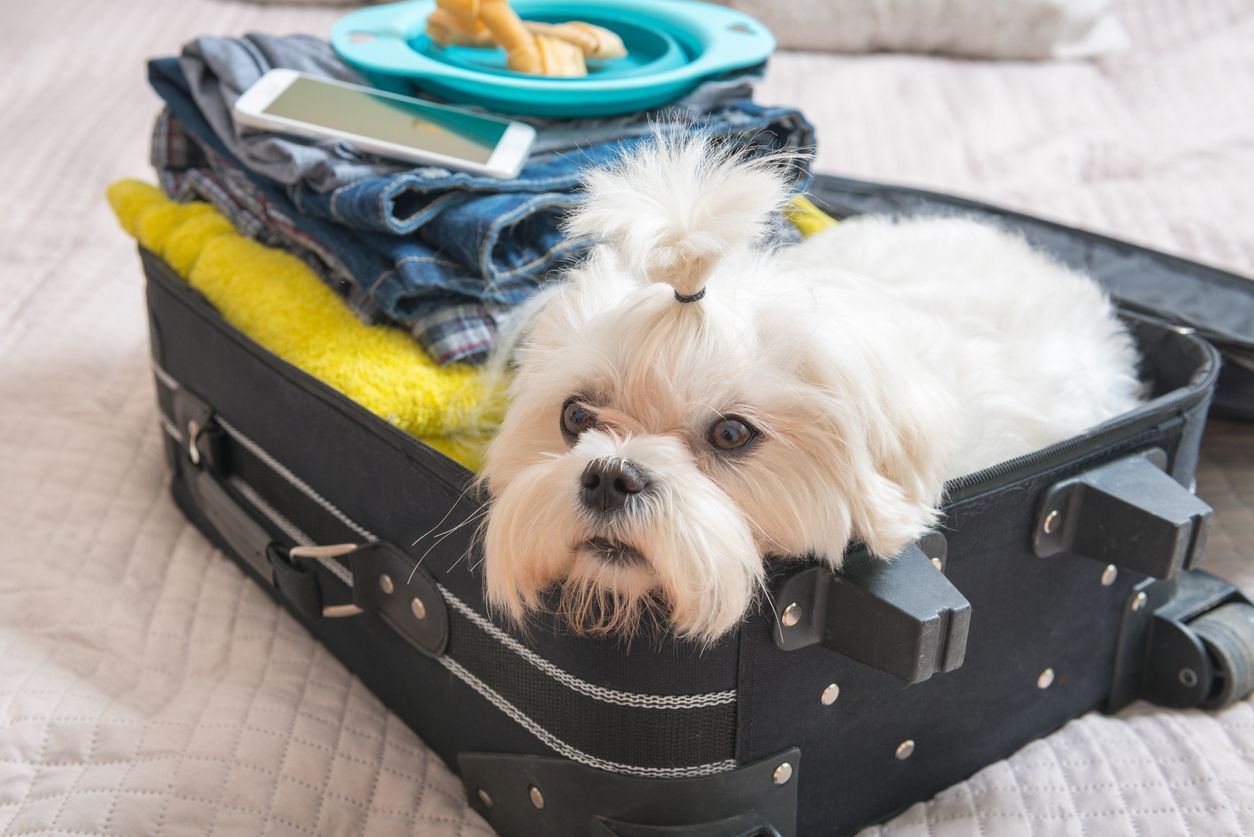Introducing a new pet to your home

When there’s plenty of love to go around, adding a new dog to your pack or a new cat to your clowder can be a brilliant idea. Rescuing an animal and giving them a second chance in a new forever home is a wonderful thing to do, but before everyone can live happily ever after, you’ll need to make sure that everyone will get along. Introducing a new pet to your home can be stressful for everyone — including you. Ahead, we’ll walk you through how to handle the first few days and weeks, but more importantly how to keep the chaos to a minimum.
Introducing Dogs and Cats
Find a good match for everyone
Before making a final decision, it’s important to do your homework on any cat you’re considering. Ask about their temperament and how they are with other animals. If you already have a dog at home, the newest member of your family should be tough and sure enough of itself to fit in. Timid cats might not thrive in your home. For example, if your new cat runs away from your dog, that might trigger your dog’s natural instinct to chase and touch off a chain of events that could end in disaster (or a really big mess!).
When bringing a new dog into your home, your best bet is to choose a dog that has lived with cats before. The shelter you visit should be able to provide some information. If you’re adopting a puppy, remember that because they’re new and little, they can always be socialized to play nice with your cat.
Keep them separated in the beginning
When you bring your new pet home, be sure to keep them in separate areas and especially when you can’t be there to supervise their interaction.
Go slow and steady
Even when you can supervise their interactions, keep it slow and steady. Gates a great way to give everyone some distance, and leashes can help you control your pup in a kerfuffle.
Reward calm behavior
When introducing a new pet to your home, there's little doubt that everyone is going to be excited. But, it's important to remember that excitement can lead to trouble, even if both animals have the best intentions. To reinforce calm interactions, give your dog a treat when they look at or interact with the new cat and manage to stay calm. The same goes for your new cat that manages to stay calm and play nice with its new friend.
If anyone gets too excited, you may want to separate the two. Give them a little time and space to cool down, and try again later.
Introducing Cats to Each Other
Make a good match
Anytime you’re introducing a new furry family member, it’s important to think about those that are already in the home. Do your best to match personalities, energy levels, and maybe even age. Again, do your research and ask the shelter or foster for details.
Use their sense of smell to help with intros
When making introductions, swap blankets between your cat and your new addition so that each one can get familiar with the other’s scent.
Take it slow and keep them separated
Unlike dogs, it’s better for cats to meet each other on their own terms. To that end, let your cat roam the house freely while keeping the new addition in a separate room for the time being.
Not only does this give the new kid more time to get familiar with its new digs, but it also prevents your cat from becoming aggressive and territorial.
Make introductions slowly
While you’re keeping them separated, you can encourage the cats to “meet under the door.” By letting them interact with each other from separate rooms, they can do whatever they feel they need to do to get comfortable, whether it’s hissing, reaching their paws under the door, or air swatting each other. When you notice that your cat begins to ignore the new guy and it looks like both cats or more curious than aggressive, it’s time to actually introduce them.
When they’re ready for face time, baby gates are a great way to continue keeping the peace. It allows them to interact within full view of each other, but it still gives them a bit of space. When you do this, be sure that you’re there to monitor their interactions, offer them praise, hand out plenty of treats, and keep it positive.
Introducing Dogs to Each Other
Have the first meeting on neutral ground
Before you bring a new dog into your pack, try to have a meet and greet on neutral territory. By doing so, your dog can focus on meeting and interacting with its new bestie as opposed to protecting its home and family from an invader. A local park would be great for this.
Give everyone a safe space
Remember that dogs can easily get overexcited, and overexcitement can quickly lead to bad behavior. Clearly, a brand new friend is always exciting, but you’ll want to give both dogs separate spaces where they can each decompress and relax when it all becomes too much. This is good for everyone, including you.
Give everyone some breathing room
In addition to giving everyone a safe space, you’ll want to keep your dogs separated when you’re not there to supervise — at least until you’re sure that they’re both comfortable sharing a home.
Start with leashed interactions
When you give your dogs time to play and interact with each other, keep both dogs on a leash. Doing so allows you to easily and quickly control the situation should things get out of hand.
Reward calm behavior
Be sure to reward calm behavior — on both sides. Obviously, this will allow the dogs to associate each other with positive feelings.
Try parallel leash walks
Not only will you have to get used to walking more than one dog, but your dogs will have to get used to walking with each other. So start their training early with parallel leashed walks. To do this, recruit a family member and start with each dog at a good distance from the other. When you see that they are staying calm and responding to simple commands, you can slowly decrease the distance between them. Eventually, you’ll be able to walk them together without any trouble.
If you have concerns about introducing a new pet to your home, the virtual veterinarians at Vetster are available anytime, day or night, to answer your questions.



